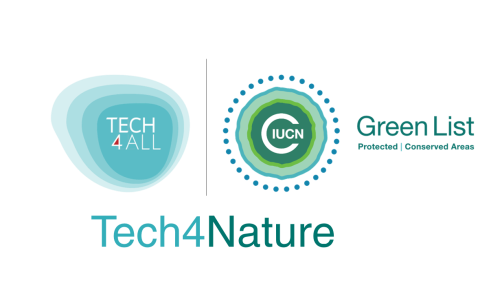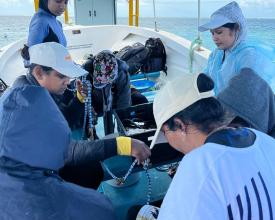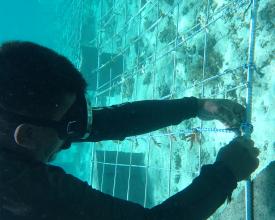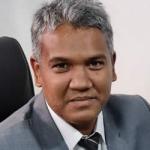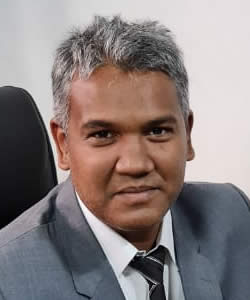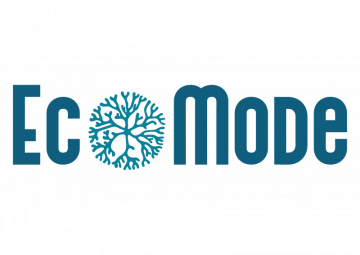
Using Advance Technology and AI for Reef Restoration: Implications of Active Management to declare a Marine Protected Area in Mauritius
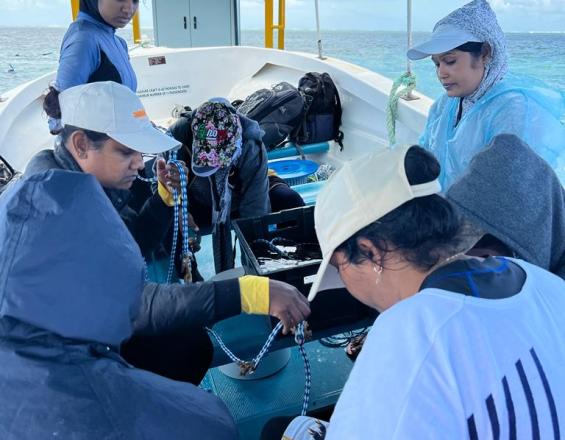
The restoration site at Pointe-aux-Feuilles covers an area of approximately 2,000 ha (20km2) and is highly visited by tourists and locals. More than 27,200 coral fragments have been reared and transfered around the degraded site. Along with that, a platform equipped with camera were deployed to allow constant monitoring and live-viewing of the nursery. The site was monitored to analyse the coral fragment growth along with surrounding biodiversity with the help of the live camera stream and constant field work by the diver teams. The project also increased environmental stewardship and interest of other stakeholders such as the locals, fishermen and students by educating them about the importance of reef restoration via various activities. The site is now an approved VMCA (Voluntary Marine Conservation Area) by the Ministry of Blue Economy, Marine Resources, Fisheries and Shipping of Mauritius. This solution focuses on technology based-awareness and actions undertaken to restore the reef ecosystems.
Context
Challenges addressed
The sociocultural, economic aspects and policies must change to support the adoption of protected areas to protect and restore the ecological diversity. Since fishing activities will be stopped on a voluntary basis from the area, communities that are already at risk could become worse by the loss of livelihoods, which can sometimes result in lower household income and more food insecurity. Therefore, to address this problem, it was critically important to engage fisher communities in coral reef restoration from the beginning and allowing them to take part in eco-tourism activities. This not only saved the area from further damage but allowed the fishermen to generate more incomes through sustainable touristic activities.
Location
Process
Summary of the process
Underwater cameras and equipment are technological innovations that facilitate the restoration processes. Using cameras, we can capture the current state of our marine ecosystems and share it worldwide by using social media platforms. This allows communication between the marine scientists and the stakeholders. The use of underwater pictures and videos
has made an impact on the local community, helping them achieve improved understanding of the state of conservation targets, as well as their vulnerability and resilience.
Building Blocks
Community engagement and partnerships
This project cannot succeed on its own. For the long-term success of coral reef restoration, it was important to develop strong collaboration with locals, fisher communities, other stakeholders. Through the Tech4Nature partnership, we were able to get more support and engage locally with other stakeholders.
By engaging the fisher communities in coral reef restoration from the beginning of the project and allowing them to take part in eco-tourism activities. This not only saved the area from further damage but allowed the fishermen to generate more incomes through sustainable touristic activities while also enjoying the overspill of increased fish abundance in the area.
Enabling factors
- Close-up monitoring by local communities
- Ownership by fishermen communities
- Strong partnership with local companies
Lesson learned
This has allowed us to continiously bring the work done underwater to the general public (global level).
Interactive technology for conservation
Technology knows no barriers and we are yet to innovate and discover more with a changing world.
By using the underwater cameras it has allowed us to bring ahead the live viewing and monitoring where previosuly we were limited. Thus allowing us to better engage with local fisher community, for them to get a sense of ownership and unite to better understand and protect this ecosystem.
This has also facilitated the data sharing of the status of the reef locally and across different channels but also to open the door for more scientific collaboration locally and internationally.
Enabling factors
- Local community buy-in
- Interactive technology
- Data sharing
Lesson learned
Technology here not only brought live viewing and interaction but a completely new level of underwater restoration. Fish and coral interaction can be securely monitored allowing scientist to discover more about underwater interactions.
Impacts
- Environmental impacts
- So far, we have grown around 27,200 coral fragments in our nurseries, with over 25,000 of them having been planted in deteriorated reefs through the use of support frames.
- Creation of an artificial reef using concrete blocks to support natural recruitment and marine life.
- There has been an increase in the marine biodiversity in the nursery area and restoration sites.
- Artificial reefs have created a habotat for native and rare species of fish (Stegastes pelicieri).
- Fishing is limited over the site to allow replenishment of marine life.
- The camera system placed over the site will ensure the participation and education of everyone.
- Scientific knowledge on various species through the use of live monitoring cameras.
- Social impacts
- The local community has an improved understanding of the state of conservation targets (species and ecosystems), as well as their vulnerability and resilience.
- Increased awareness of the impact of climate change on coral reefs.
- Participation of local fishermen, especially women, in coral farming activities.
- Economic impacts
- More fish for fishermen to catch and eco-tourism activities to support locals.
Beneficiaries
- Fishermen communities, including both men and women
- Children of various age groups
- Local communities
- General public and interested stakeholders
- Tourists of various nationalities
Sustainable Development Goals
Story
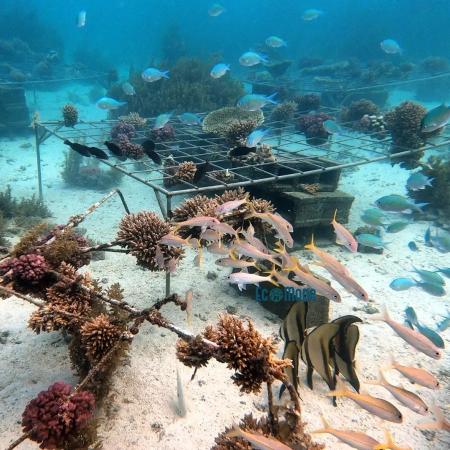
Coral reef restoration is more important than ever to protect our marine resources and the local economies since coral reefs are increasingly in danger owing to natural and anthropogenic stressors at both a local and global level. Coral colonies are fragmented by strong wave actions and man-made activities like boat anchoring, destructive fishing practices and unsustainable sports activities. The basic principle of coral restoration is to secure broken coral fragments to ensure survival and rejuvenation. Seeing how I could help in coral restoration, this project has allowed me to collect broken coral fragments from the reef, grow them in nurseries until they are mature, and then transplant them in the degraded reef locations. This project has allowed us all to become part of it through the use of technologies. The development of the mobile app has not just been challenging but also engaging in a sense that when we tested with locals, they are more than happy to see live underwater on a daily basis. This project has allowed also fishermen to express their concern on environmental degradation and to established a close link with them to support coral restoration. The underwater cameras and live viewing is allowing us to monitor closely coral growths and integrating education alongside. Technology and conservation is primordial to help understand what is happening and a way for mother earth to talk to us, to show us the reality underwater and to consider active restoration.

